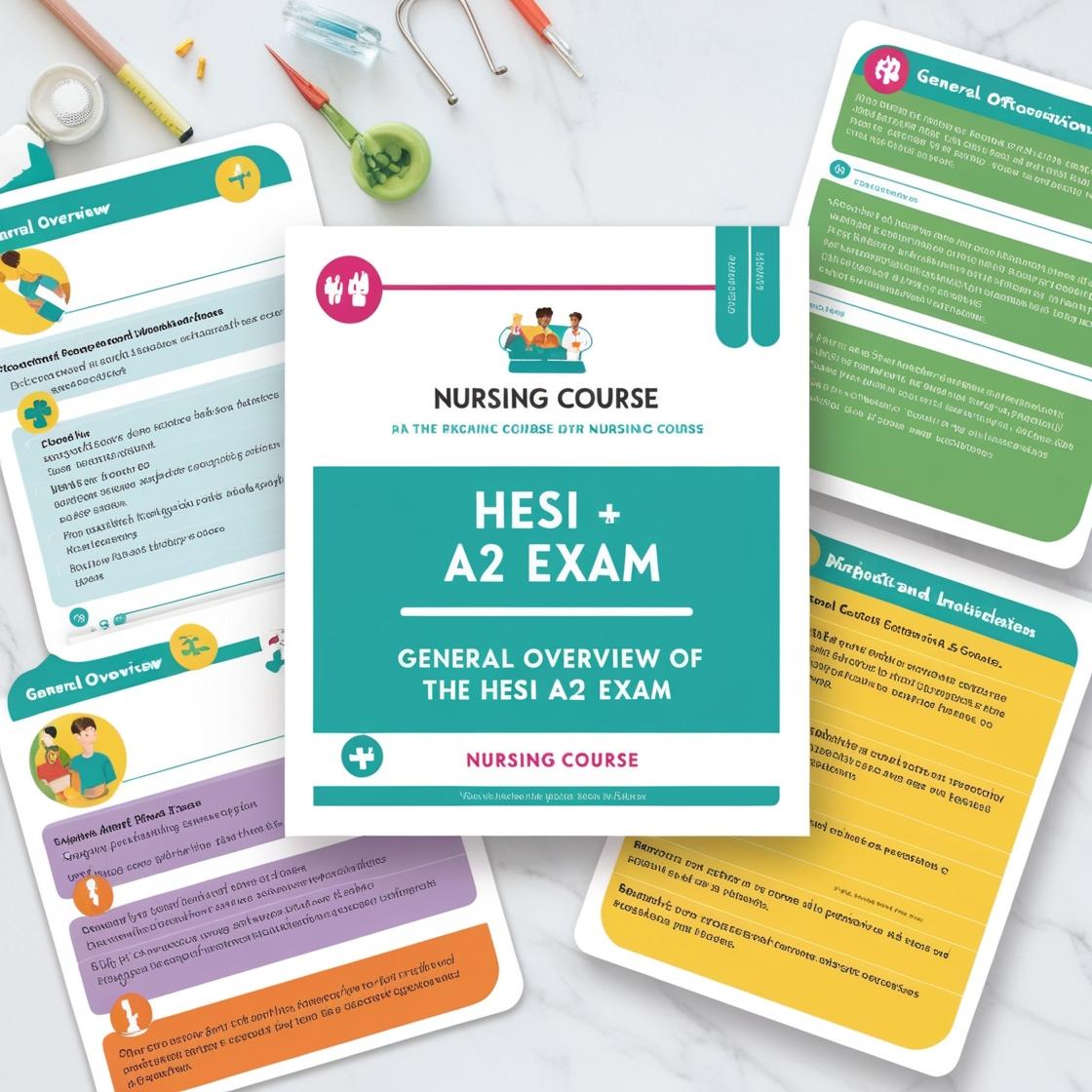HESI A2
HESI Exams Quizlet Physics
1. A 3-volt flashlight uses a bulb with 60-ohm resistance. What current flows through the flashlight?
- A. o.05 amp
- B. o.5 amp
- C. 1.8 amp
- D. 18 amp
Correct answer: A
Rationale: : Using Ohm's Law, I = V / R: I = 3 / 60 = 0.05 amp. So, the correct current is 0.05 amp.
2. An object moves 100 m in 10 s. What is the velocity of the object over this time?
- A. 10 m/s
- B. 90 m/s
- C. 110 m/s
- D. 1,000 m/s
Correct answer: A
Rationale: Velocity is calculated as the displacement divided by the time taken to cover that displacement. In this case, the object moves 100 meters in 10 seconds. Therefore, the velocity is 100 m / 10 s = 10 m/s. Choice B, 90 m/s, is incorrect as it doesn't match the calculated velocity. Choice C, 110 m/s, is incorrect as it is higher than the calculated velocity. Choice D, 1,000 m/s, is incorrect as it is significantly higher than the calculated velocity.
3. What is the main difference between a reversible and irreversible process in thermodynamics?
- A. Reversible processes involve heat transfer, while irreversible processes do not.
- B. Reversible processes occur instantaneously, while irreversible processes take time.
- C. Reversible processes can be run in both directions with the same outcome, while irreversible processes cannot.
- D. Reversible processes violate the first law of thermodynamics.
Correct answer: C
Rationale: A reversible process is an idealized process that can be reversed without leaving any change in either the system or the surroundings. In contrast, irreversible processes cannot be reversed and often involve entropy production or dissipation. Choice A is incorrect because both reversible and irreversible processes can involve heat transfer. Choice B is incorrect as the speed of a process does not determine its reversibility. Choice D is incorrect because reversible processes do not violate the first law of thermodynamics; they comply with it by maintaining a balance between energy inputs and outputs. Therefore, the correct answer is C, as it accurately captures the main difference between reversible and irreversible processes in thermodynamics.
4. The specific heat capacity (c) of a material is the amount of heat transfer (Q) required to raise the temperature (ΔT) of a unit mass (m) of the material by one degree (typically Celsius). The relationship between these quantities is described by the equation:
- A. Q = cΔT
- B. Q = mcΔT
- C. Q = c / mΔT
- D. Q = ΔT / mc
Correct answer: A
Rationale: The correct equation relating heat transfer (Q), mass (m), specific heat capacity (c), and change in temperature (ΔT) is Q = mcΔT. This equation states that the heat transfer is equal to the product of the mass, specific heat capacity, and temperature change. Therefore, the correct answer is B, as it correctly represents this relationship. Choices C and D do not correctly represent the relationship between these quantities and are therefore incorrect.
5. Two objects attract each other with a gravitational force of 12 units. If you double the distance between the objects, what is the new force of attraction between the two?
- A. 3 units
- B. 6 units
- C. 24 units
- D. 48 units
Correct answer: A
Rationale: The gravitational force between two objects is inversely proportional to the square of the distance between them. If the distance is doubled, the force will be reduced to 1/4 of the original force. Therefore, the new force of attraction between the two objects will be 12 units / 4 = 3 units. Choice A is correct because doubling the distance reduces the force to 1/4 of the original value. Choices B, C, and D are incorrect as they do not consider the inverse square relationship between distance and gravitational force.
Similar Questions

Access More Features
HESI A2 Basic
$89/ 30 days
- 3,000 Questions with answers
- 30 days access @ $89
HESI A2 Premium
$129.99/ 90 days
- Actual HESI A 2 Questions
- 3,000 questions with answers
- 90 days access @ $129.99
